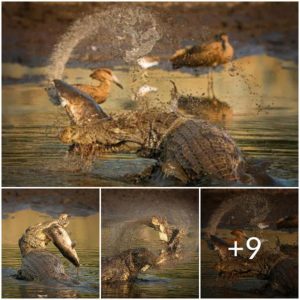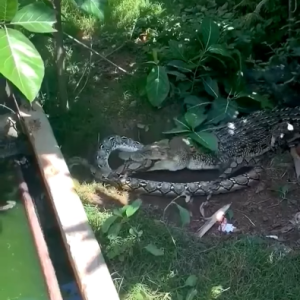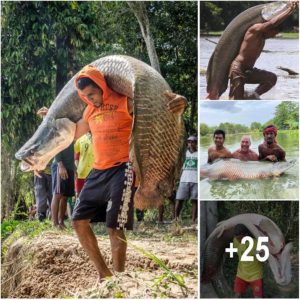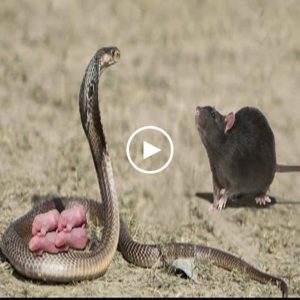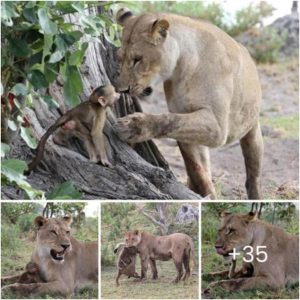The Ankole-Watusi cattle is a large cattle that is domesticated for its blood, meat, and milk.

Their body is covered in short hair which can be white, black, red, reddish-brown, or brown.

This cattle breed has short necks with dewlaps hanging from their chin. They are recognized by their large, hollow, wide horns. They have long tufted tails.

The cows do not have upper incisors instead they have a thick layer called the dental pad.

This results in making the design of their jaws such that they can grind their food in a circular motion.

This makes it ideal for tough stems and herbaceous plants that these cattle eat.

The Ankole-Watusi cattle is a large animal with a sturdy body. This cattle breed has an average height of 4.0-4.5 ft and can grow to a length of 6 ft.

Their horns are the largest among all cattle. An Ankole watusi horn can weigh between 9-16 lb and have an extremely large circumference.

The male Ankole-Watusi size is huge weighs an average of 1,320 lb and in the range of 990-1500 lb. The female weighs an average of 1060 lb and in the range of 900-1210 lb.

The Ankole-Watusi cattle can run at a speed of 25 mph like all cattle. This cattle breed can jump pretty high and far despite the size and body mass.

The Ankole-Watusi cattle can consume close to 154 lb of grass in around 8 hours. These cattle will twist the grass with their tongue and then cut them with their lower jaws.

Ankole-Watusi cattle are ruminating animals that help them break down the tough parts of the plants like stems that they eat.

The cattle are known to have a four-chamber stomach which has a rumen, reticulum, omasum, and abomasum.

The food will pass through the rumen where it will mix with some special bacteria. From here, it moves to the reticulum, where it is broken down further.

From here, it is regurgitated to be chewed once more. Then to the omasum and abomasum where with the help of digestive enzymes it further breaks down and the nutrients are absorbed.

The whole process of digestion takes 70 to 100 hours. This is one of the slowest passage rates among all animals. Ankole Watusi cattle feed on stems, grasses, and herbaceous plants.

The Ankole-Watusi cattle are found in most parts of the world. This cattle breed is mostly born and raised on farmland or near pastures and meadows.

These native cattle are found on uncultured, unfertilized, not irrigated rangeland.

This cattle breed requires large areas for grazing and walking as this breed is known to walk long distances in search of food and water.

The Ankole species of cattle are domesticated creatures with horns living in a social group.

Every Ankole cattle herd has a dominant male, with whom all the females of the group will mate. Mating happens year-round, but more calves are born in spring. A calf is born after a gestation period of nine months.

The young ones can stand and walk immediately after birth and can recognize their mothers.

Calves of these cattle are nursed by their mothers for a period of six months. The females reach sexual maturity by one year and can continue to mate for 12 years.

The Ankole-Watusi cattle species live for 20 years or more. In captivity, this cattle breed lives longer. This cattle breed can also be seen in European zoos or eastern Africa.

.

.

.

.

.


